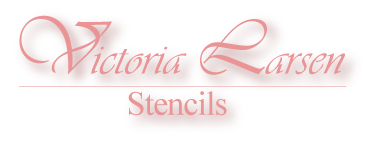


Holly Kellen Gives a Plain Chest a Total Makeover
February 1, 2023
No Comments
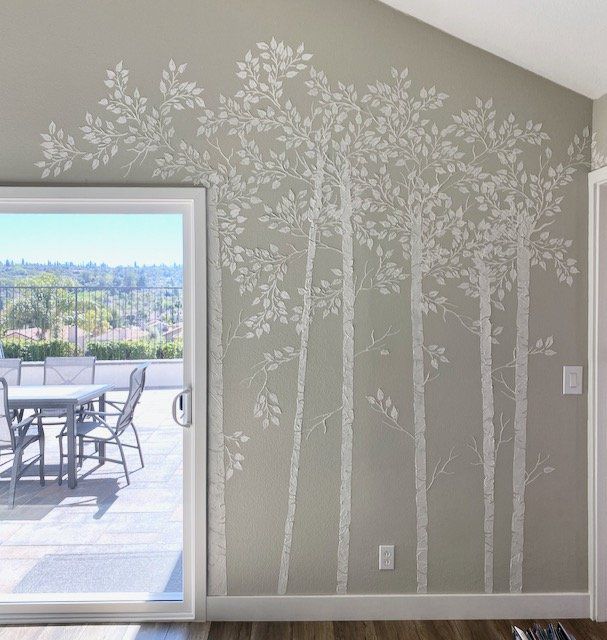
Plaster Aspen Trees with Caulk? The Domestic Diva does it again!
January 19, 2023
No Comments

Julie McDowell’s Creative Art
December 12, 2022
No Comments

Harriet Brown’s Tree Branch Border
December 12, 2022
No Comments

Charlotte Creates an Adorable Sapling for her Daughters Room
December 12, 2022
No Comments
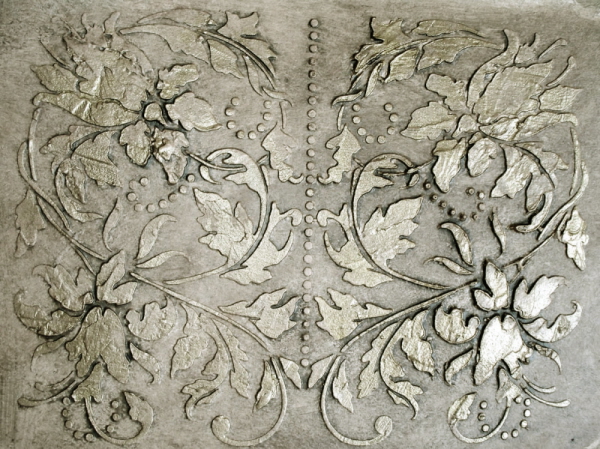
Julie McDowell uses our stencil to give a chest a brand new look
April 10, 2022
2 Comments
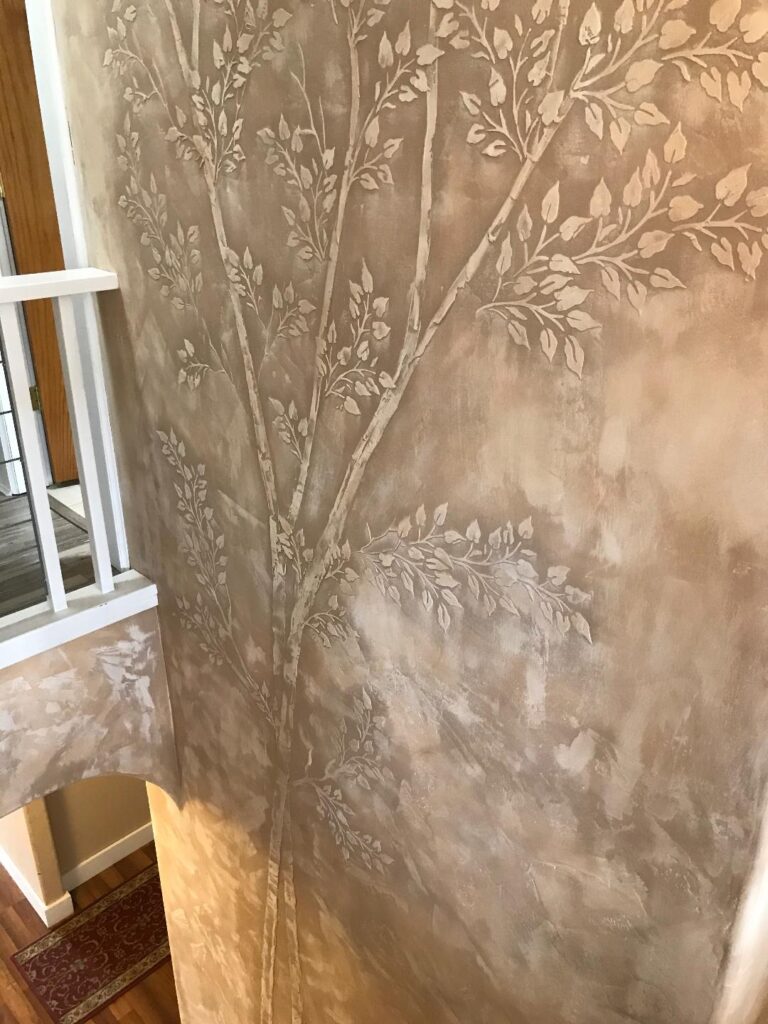
Marianne Meyer’s Take On Our Plaster Aspen Trees
March 6, 2022
No Comments
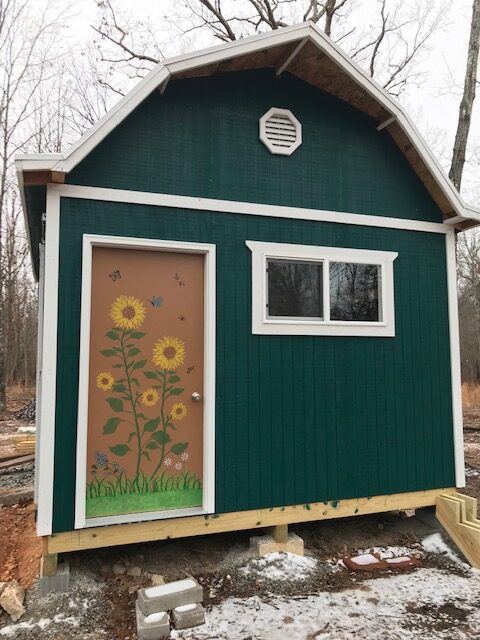
Pam Eastridge Creates A Cheery She Shed
January 11, 2022
No Comments

Victoria’s Nasty Chimney Wall Rescue!
October 27, 2021
No Comments

